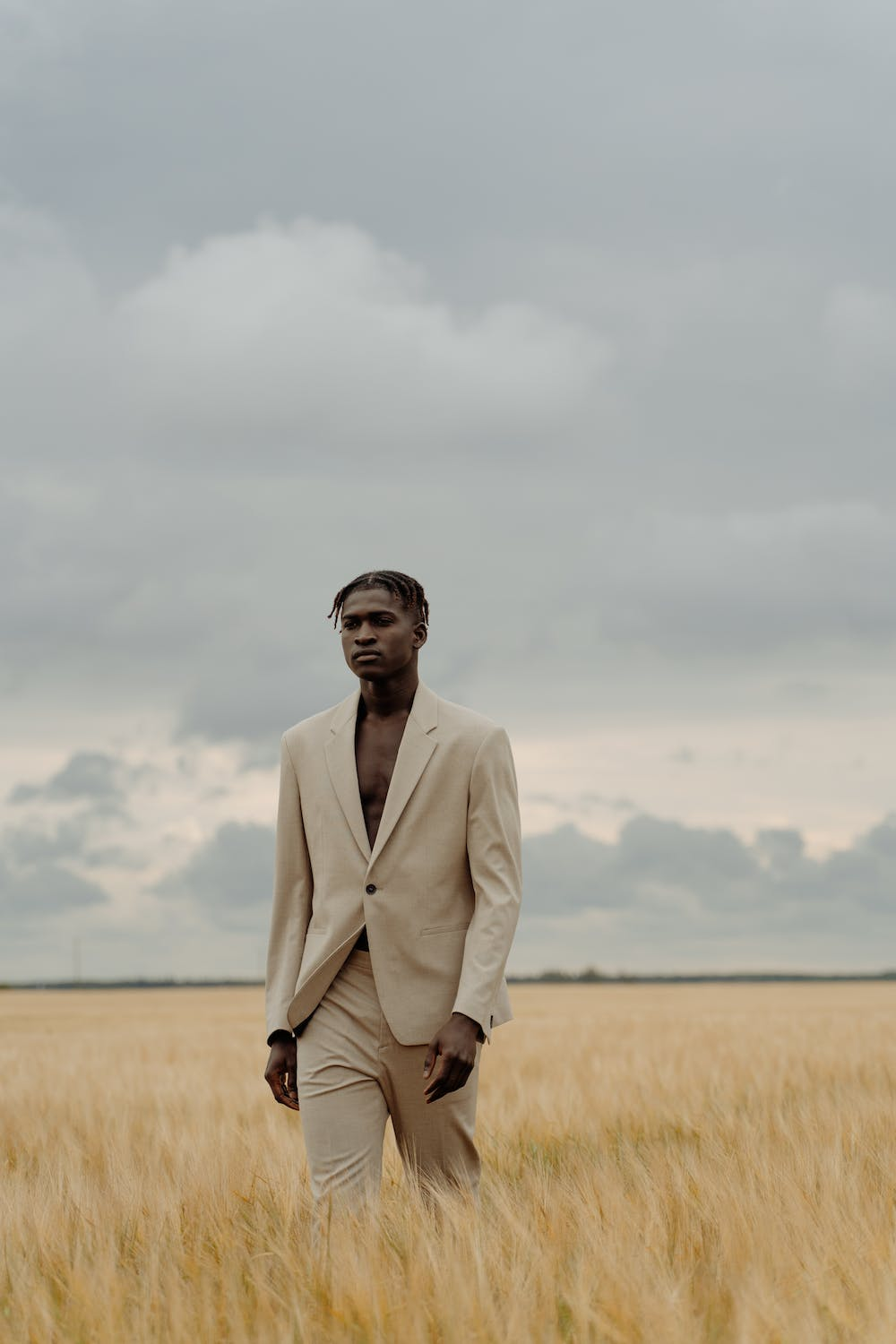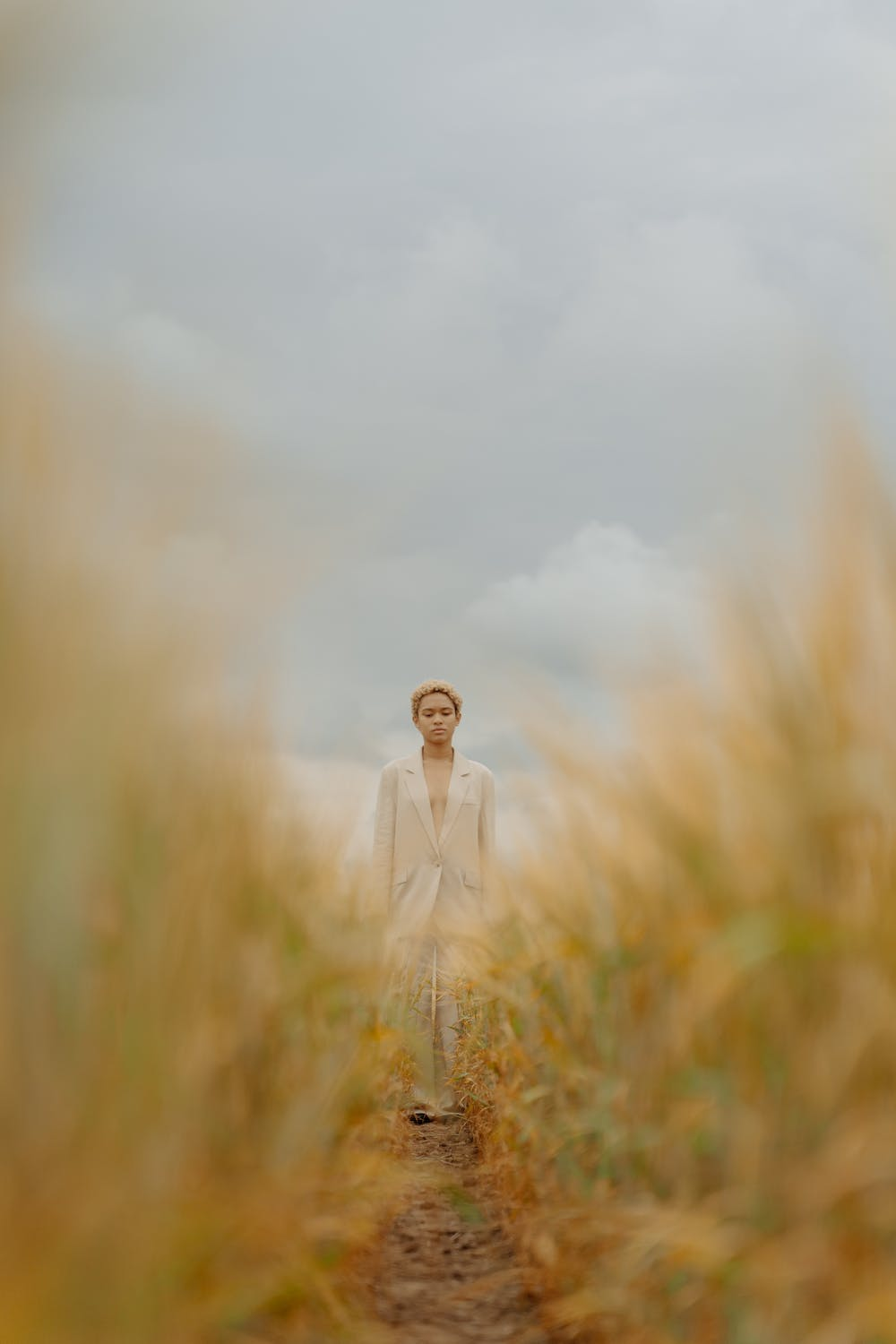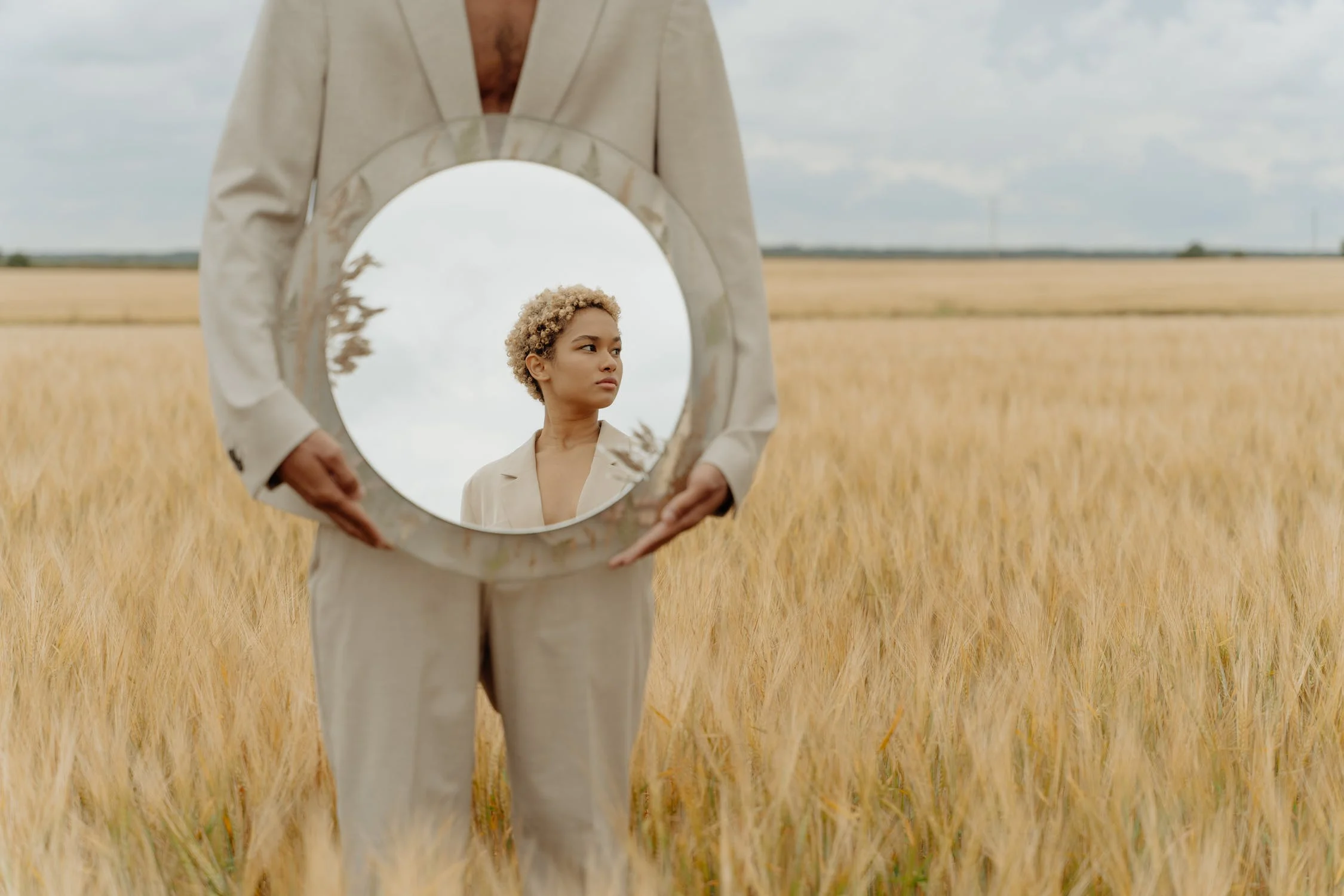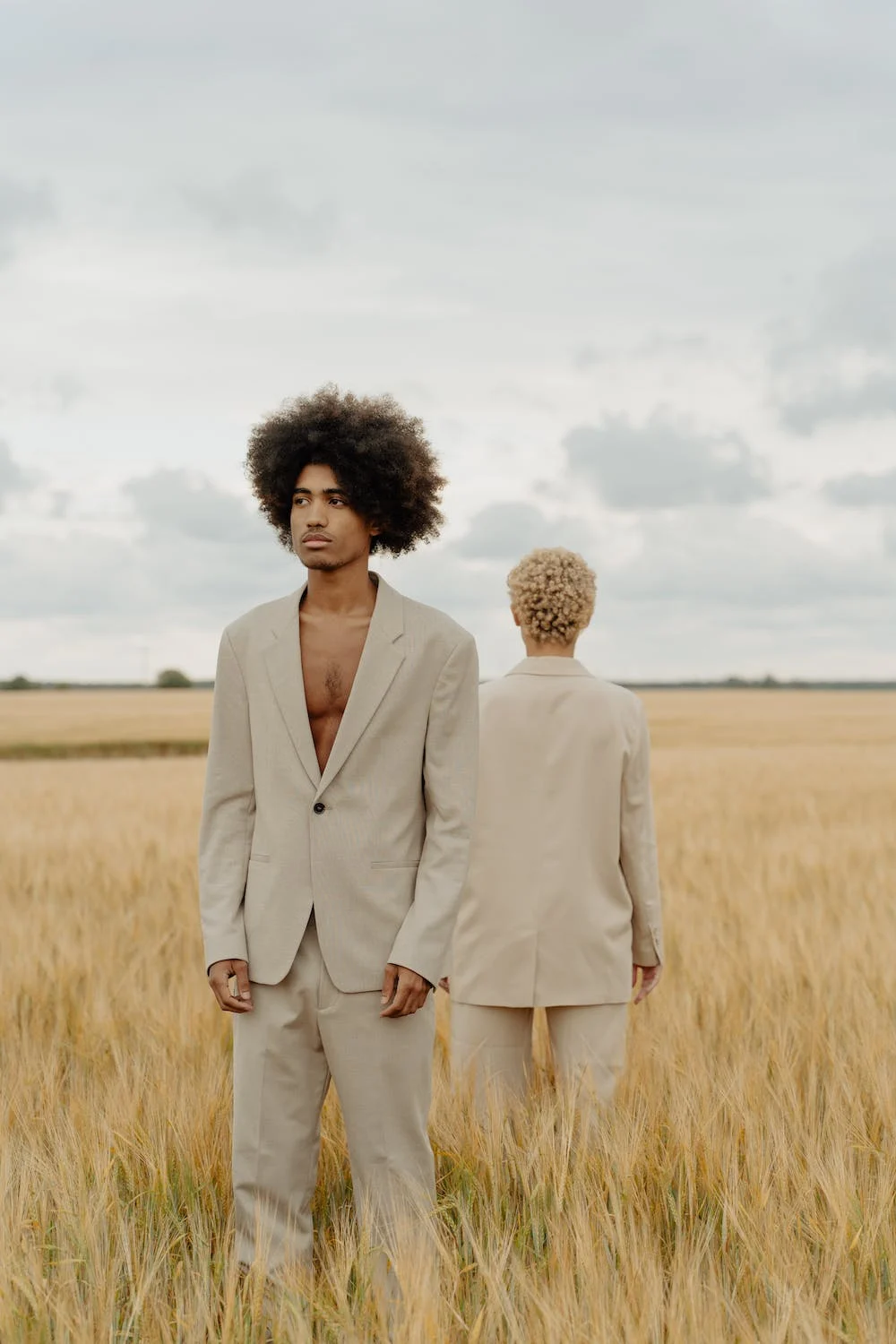Mastering composition and background in portrait photography is essential for creating images that are not only aesthetically pleasing but also emotionally resonant. Here are some key considerations to help you elevate your portrait photography through thoughtful composition and background choices:
- Rule of Thirds: The rule of thirds is a classic compositional guideline that can add balance and visual interest to your portraits. Divide your frame into thirds both horizontally and vertically, and place your subject's key features or points of interest along these lines or at their intersections. This creates a more dynamic composition that draws the viewer's eye to the subject while allowing space for context and atmosphere.
- Leading Lines: Incorporating leading lines into your portrait compositions can guide the viewer's gaze and create a sense of depth and movement. Look for natural or architectural elements such as pathways, fences, or tree branches that lead towards your subject, drawing attention to their face or expression.
- Foreground, Middle Ground, Background: Creating depth in your portraits can add dimension and visual interest. Experiment with positioning your subject in relation to foreground elements, such as foliage or architectural features, to create layers within the frame. Pay attention to the background as well, choosing backgrounds that complement the subject without distracting from them.
- Negative Space: Negative space refers to the areas of your composition that are empty or unoccupied by the subject. Utilizing negative space in portrait photography can create a sense of balance and focus, allowing the viewer to appreciate the subject without visual clutter. Experiment with different compositions to find the right balance between positive and negative space for your desired effect.
- Background Considerations: The background plays a crucial role in portrait photography, as it can either enhance or detract from the subject. Look for backgrounds that are simple, unobtrusive, and complementary to the subject's personality and style. Pay attention to elements such as distracting clutter, bright spots, or competing patterns that may draw attention away from the subject.
- Depth of Field: Controlling depth of field is a powerful tool in portrait photography for directing the viewer's focus and creating a sense of intimacy or drama. By using a wide aperture to create shallow depth of field, you can selectively blur the background, drawing attention to the subject and creating separation from the surrounding environment.
- Visual Balance and Symmetry: Visual balance and symmetry can add a sense of harmony and elegance to your portraits. Experiment with symmetrical compositions, where the subject is centered within the frame and mirrored by elements in the background, or asymmetrical compositions, where visual weight is distributed unevenly to create tension and interest.
- Experimentation and Creativity: While it's important to understand the principles of composition and background in portrait photography, don't be afraid to experiment and push the boundaries of traditional techniques. Photography is a creative medium, and sometimes the most compelling portraits are the result of taking risks and exploring new ideas.
💡
In conclusion, mastering composition and background in portrait photography is essential for creating images that captivate and resonate with viewers. By understanding the principles of composition, experimenting with different techniques, and paying attention to background elements, you can elevate your portrait photography to new heights and create images that truly stand out.








